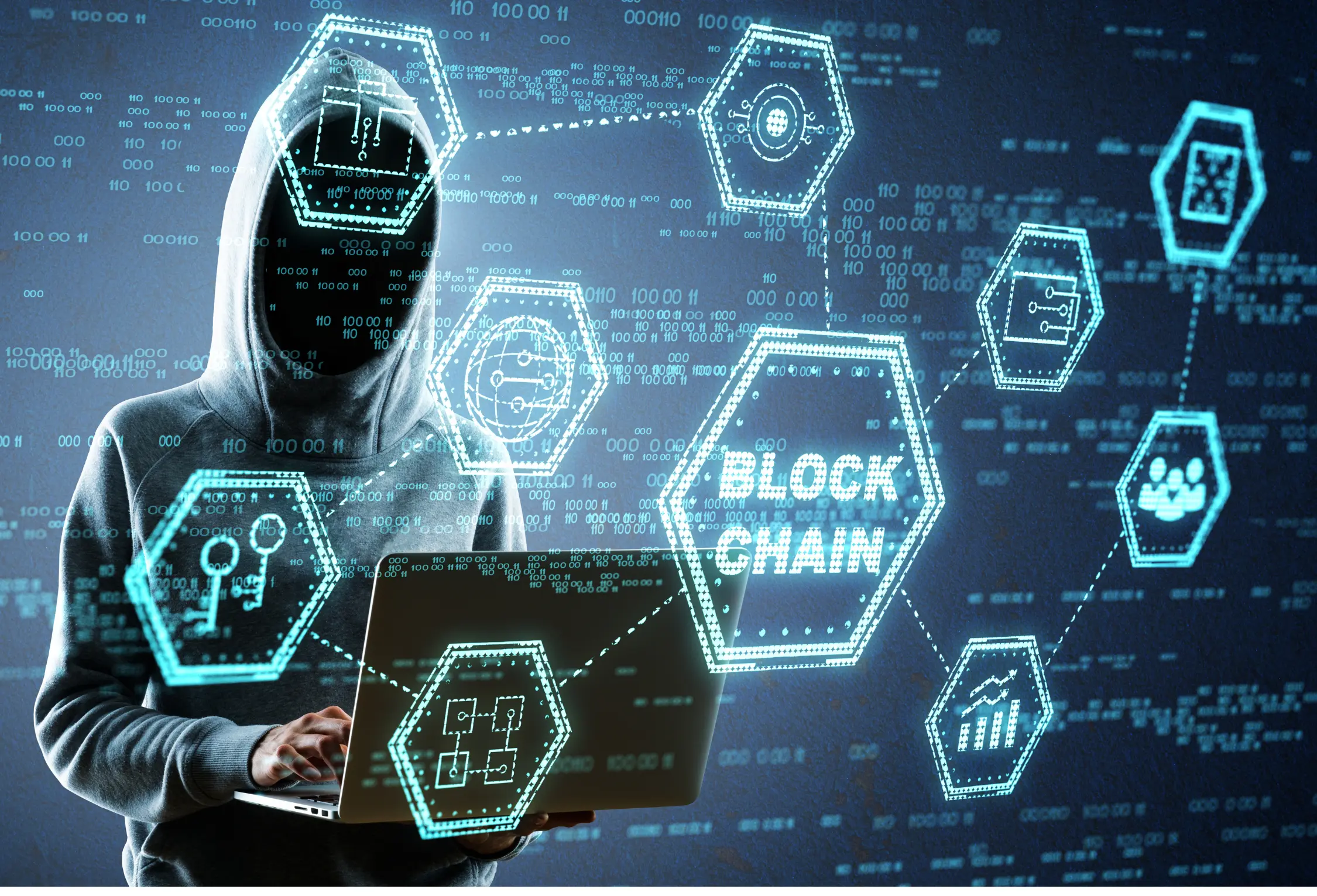In the current evolving business world, new leadership strategies keep emerging as innovative strategies.
In order for businesses to hold their place in a market where consumer tastes and preferences keep changing, they need to keep experimenting with new systems.
One popular entrepreneurial style that has become popular in recent times is Fabian Entrepreneurship.
Unlike most radical leadership styles that involve risk taking and experimentation, Fabian leadership takes a contrasting approach.
This style focuses mostly on playing safe, following tried and tested methods instead of trying something out of the box at all times.
For rapidly growing businesses, this approach proves to be a safer alternative, ensuring success at all times.
The core philosophy revolving around this strategy is to grow and move forward based on steady self funded resources, detailed planning and exhaustive market research.
Fabian leaders and entrepreneurs often avoid taking major risks, especially for short term goals in order to establish a solid foundation and work based on proven methods.
They take cautious approaches to build companies that focus mainly on stable growth rather than quick temporary wins.
The modern business philosophies mostly entertain rapid growth strategies and fast-paced actions while relying on external investments and resources.
This leadership style provides a contrast.
Like every leadership and business style, this one has its advantages and limitations and disadvantages.
Budding entrepreneurs, modern leaders and learners must take into consideration all sides when picking a strategy. Striking the right balance is important.
Distinctive Traits of Fabian Entrepreneurs
Caution and Risk Aversion
Fabian entrepreneurs tend to be very cautious in their approach. They are inherently risk-averse and prefer to grow their business gradually while minimizing risk.
Rather than making bold moves, they take small, calculated steps focusing on long-term gains. They avoid rapid expansion or investing significant capital without extensive research and planning. Risk mitigation is key.
Focus on Stability and Gradual Growth
Stability is a top priority for Fabian entrepreneurs. They favor gradual, sustainable growth over quick wins or exponential growth which they see as unstable and risky.
They are patient and willing to grow slowly if it means building durable, long-standing companies. Rapid expansion is seen as dangerous, so they expand carefully in a controlled manner.
Building Sustainable Businesses
The core focus is on building sustainable, self-sufficient businesses that stand the test of time. Instead of growth for growth’s sake, the emphasis is on scalability, efficiency, and generating consistent profits over decades.
Conservative Approach
Fabian entrepreneurs tend to be fiscally conservative and risk-averse in their strategies. They favor prudence and caution, shunning unnecessary risk-taking.
Strategic decisions are made methodically based on extensive research to avoid surprises. Bold ideas are thoroughly vetted to ensure stability.
Patient Innovation
While slow to adopt major innovations, Fabian entrepreneurs are open to incremental innovations that offer clear, lower-risk benefits.
They are unlikely to make sweeping changes or be the first to jump on trends. However, they will eventually incorporate modest innovations selectively once proven and beneficial over the long-term.
Pros of Being a Fabian Entrepreneur
Fabian entrepreneurs focus on gradual, sustainable growth rather than rapid expansion. This conservative approach has several advantages:
Risk Mitigation
Fabian entrepreneurs mitigate risks by moving slowly and cautiously. They prefer organic growth funded by profits rather than outside investments. This reduces downside risks from overexpansion or sudden market changes.
Their patience and risk aversion means they build resilience into their business models. They survive economic downturns and disruptions better than more aggressive firms.
Sustainable Growth
By growing slowly, Fabian entrepreneurs ensure each stage is sustainable. They don’t stretch themselves thin or compromise quality as they expand.
Their growth ties closely to profitability metrics. This creates consistent, long-term increases in revenue and market share.
Resource Optimization
Careful planning and analysis governs resource allocation. Fabian entrepreneurs optimize return on investment from their financial, human and operational resources.
They maximize output and impact from limited resources before seeking external funding sources. This increases overall efficiency and productivity.
In-Depth Market Understanding
Gradual growth allows Fabian entrepreneurs time to learn about target markets. Their caution translates into superior market intelligence.
They spot subtle trends and shifts before bolder entrepreneurs. This market understanding becomes a competitive advantage. It also minimizes missteps.
The Fabian approach thus emphasizes stability, sustainability and safety over rapid growth. Their success may seem slower but lasts longer.
Cons of Being a Fabian Entrepreneur
Fabian entrepreneurs focus heavily on stability, gradual growth, and risk mitigation. However, this conservative approach has some downsides:
Missed Opportunities
The cautious nature of Fabian entrepreneurs means they often miss out on opportunities that could propel faster growth.
By moving slowly and avoiding risk, they may not capitalize on innovative ideas, new technologies, or changing consumer demands that more aggressive firms pursue. This can put them at a competitive disadvantage.
Slow Business Growth
The incremental growth approach of Fabian entrepreneurs leads to slow expansion. While stable, this pace of scaling up operations and offerings is slow compared to more daring competitors.
Rapidly changing markets can leave Fabian entrepreneurs behind as they adapt carefully rather than moving quickly.
Limited Risk-Taking
Avoiding bold risks comes with a cost. Fabian entrepreneurs are less likely to make the pivotal innovations and big bets that lead to disruptive new products and services.
While they mitigate risk, they also struggle to reap potential rewards from taking chances on groundbreaking initiatives.
Competitive Advantage
More aggressive competitors will capture market share from risk-averse Fabian entrepreneurs. Firms willing to rapidly scale, take risks on new initiatives, and capitalize on emerging opportunities gain an edge over gradual, stable Fabian businesses.
Strategic Inflexibility
Fabian entrepreneurs often become set in their stable, conservative ways. As markets shift quickly, these firms can be slow to pivot strategies in response.
Competitors who are nimble and quick to seize new opportunities gain advantage. Inflexibility leaves Fabian entrepreneurs playing catch-up.
The downsides of being a Fabian entrepreneur demonstrate why many modern companies incorporate some elements of risk and growth along with stability.
The most successful entrepreneurs find ways to balance both incremental and dynamic approaches.
Takeaways from the Fabian Entrepreneurship Approach
Businesses that implement the Fabian entrepreneurship approach prioritize stability, gradual growth. They do this by minimizing risks and avoiding radical and aggressive strategies.
For many institutions, this cautious and methodical outlook works. It allows them to build a stronger, more sustainable foundation.
Like every entrepreneurial style, Fabian entrepreneurship is also not without its downsides. The biggest one being that entrepreneurs tend to miss out on major opportunities.
Avoiding bold moves, and other disruptive strategies can cause businesses to be left behind. Innovation in essence emerges from experimentation and implementing new methods.
Without trying and testing new approaches, businesses are left with strategies that get outdated and irrelevant for the modern environment.
Whether the Fabian approach is a suitable strategy depends on the business and specific market it is catering to.
In cases where longevity and stability are more important than steep growth, gradually building a profitable enterprise makes more sense.
However in businesses that prioritize big ambitious goals that involve quick results and exponential growth, experimentation is required.
Like mentioned before, finding a balance is key. Successful entrepreneurs blend techniques and elements from different leadership approaches to get the right approach that works.
Adapting a balanced mindset, instead of extreme ideologies and by collaborating and exchanging ideas, businesses can truly crack the code to the perfect leadership strategy.





